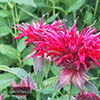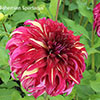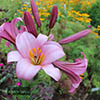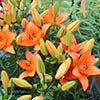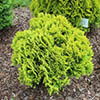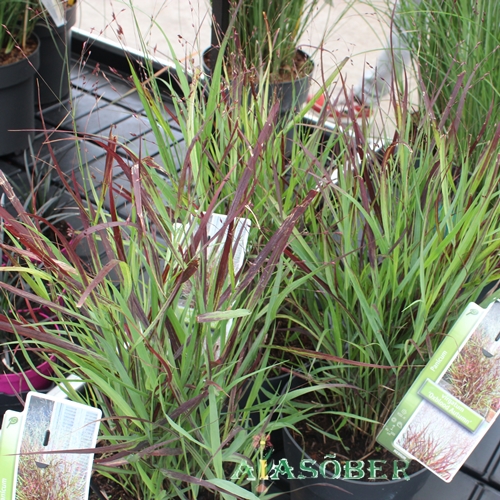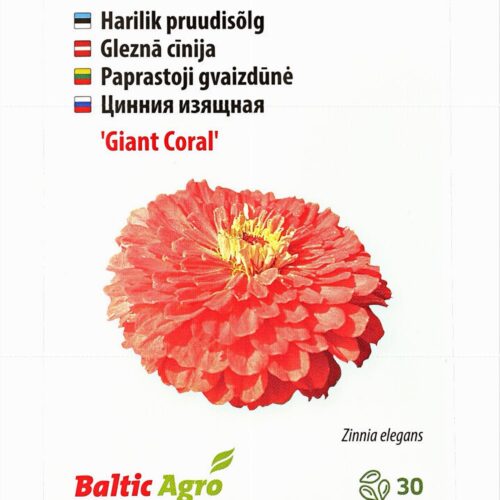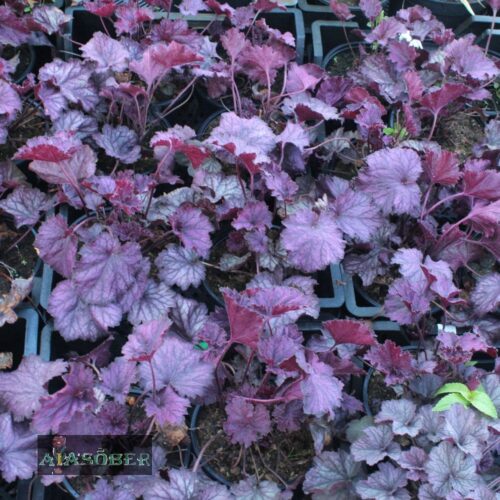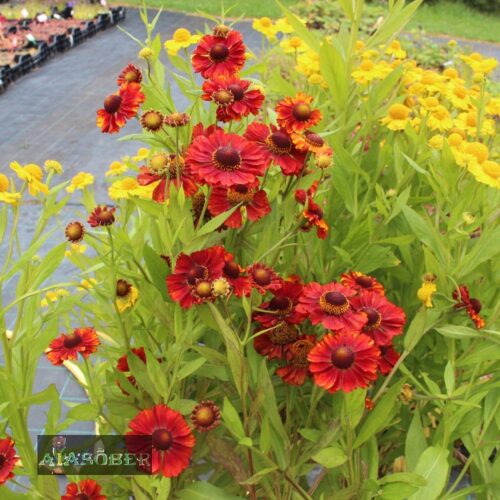Hirss (Panicum) Hardiness: USDA Zones 4 to 10
Light: Switch grass performs best in full sun and will tolerate light shade.
Soil: Panicum is famously adaptable to almost any soil.
Uses: Switchgrass is a stalwart selection in the full-sun, especially native, meadow or prairie gardens. Flower arrangers find the foliage and plumes useful for arrangements. Finally, this warm-season perennial grass offers golden fall color.
Unique Qualities: ‘Northwind’ is very easy to grow. It will enhance any sunny border, not just a native, meadow- or prairie-style garden. ‘Northwind’ has a refined, garden-worthy appearance and habit.
Maintenance: There are no serious insect or disease problems with Switchgrass. Plants are best divided in spring. ‘Northwind’ is not patented. It can be reproduced from divisions. Liners are available from numerous propagators, including members of the Perennial Plant Association.
This warm-season perennial grass has blue-green foliage and stands more erect than is typical of the species. ‘Northwind’ is only the third ornamental grass to be named Plant of the Year™ following Calamagrostis ‘Karl Foerster’, 2001, and Hakonechloa macra ‘Aureola’, 2009.
The genus Panicum, native to North America, is a member of the Poaceae family (formerly family Gramineae). Regardless of nomenclature, members of Panicum are excellent perennial grasses for the landscape. The genus botanical name (Panicum) is thought to derive from the Latin pan, bread. One species (P. miliaceum, common millet) has been used for centuries to make flour.
The origin of the common name switchgrass or switch grass is obscure. “Switch” is believed to be a variation of Middle English “quitch,” among whose meanings is “quick,” or alive, suggesting the grass is difficult to kill. Others say the name derives from the swishing sound the grass makes when tossed by the wind.
Roy Diblik selected ‘Northwind’ from a population of Panicum virgatum he raised using wild-collected seed from plants growing along railroad tracks in South Elgin, Illinois. In July 1983, he noticed that one plant had wider leaves and a very upright growth habit, unlike the typical arching form of the others. He gradually built up stock of the upright one. In 1992, when Northwind Perennial Farm opened, he introduced it and named it ‘Northwind’.
Panicum virgatum ‘Northwind’ spreads slowly to form erect clumps of slender, steel-blue leaves about five feet tall. In late summer, the foliage is topped by a haze of showy, finely-textured flower panicles that rise to six or even seven feet, and that open golden yellow and mature to beige.
Deep roots make ‘Northwind’ remarkably drought-tolerant, once established. And like most ornamental grasses, Panicum virgatum ‘Northwind’ is seldom eaten by deer.


